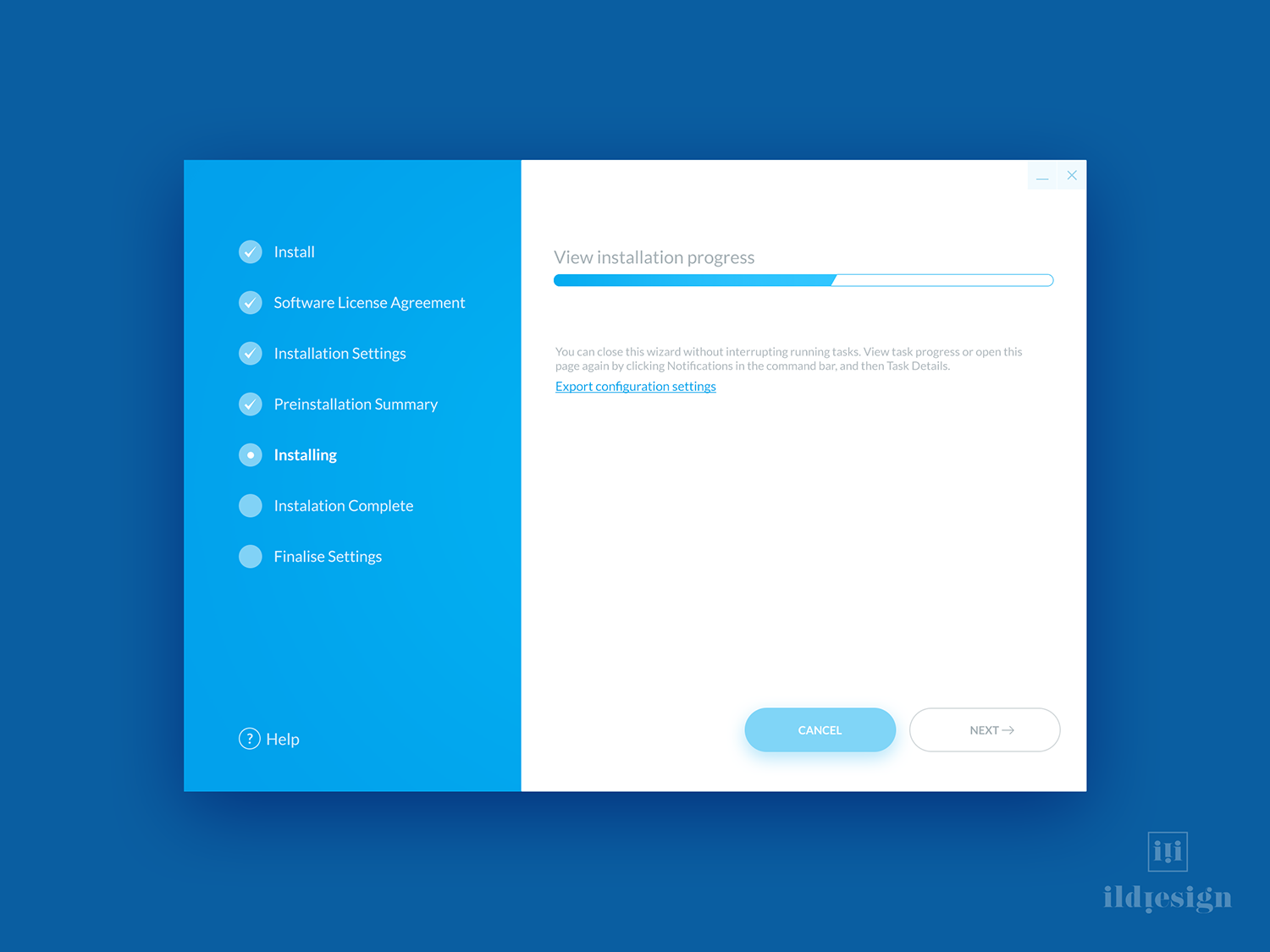

If true, the web part immediately performs the selected step transition.įor example, if you have a step that requires users to log in or register, you can make the wizard skip the step for already authenticated users: When a user arrives on the step containing the web part, the system evaluates the action condition. The condition must return a true or false value. Enter the macro condition that triggers the step transition into the Action condition property.Skip - continues to the next step according to the direction the user is moving in the wizard.Choose the type of step transition in the Action type property:.Open the Design tab and add the Page wizard step action web part (anywhere on the page).In the Pages application, select the page representing the step where you want the transition to occur.You can create wizards that automatically move users between steps under certain conditions: If the Final step URL property is filled for the Page wizard manager web part, the wizard automatically clears the history of visited steps for users who click the Next button on the last step. If a user attempts to access an unvisited step through the URL of the step page, the wizard opens the last visited step instead.The Page wizard navigation web part renders unvisited steps as inactive items without links.Users can only move forward through the wizard's steps using the Next button.Restricting the step order causes the following behavior: The system tracks which steps individual users have passed through, and stores the information in the HTTP session. If you enable the Restrict step order property of the Page wizard manager web part, the wizard forces users to progress through the steps in the defined order. Separate navigation for individual steps - add the web parts directly into the content of step pages.Shared navigation for the entire wizard - place the web parts onto the wizard's parent page, around the page placeholder representing the step content.You can position the wizard navigation in two different ways: You can fully customize the format of the navigation by assigning transformations through the web part's properties. The wizard navigation highlights the current step and allows users to move between steps. Note: The step transitions only work on the live site and in preview mode.ĭisplays an overview of all steps in the wizard. When a user clicks the final next button, the wizard redirects to the specified URL. If you set the Final step URL property of the Page wizard manager web part, the next button also works on the last step in the wizard.

Choose whether the button leads to the next or previous step when configuring the web part's properties. Displays a button or link that sends users to the previous/next step in the wizard.


 0 kommentar(er)
0 kommentar(er)
